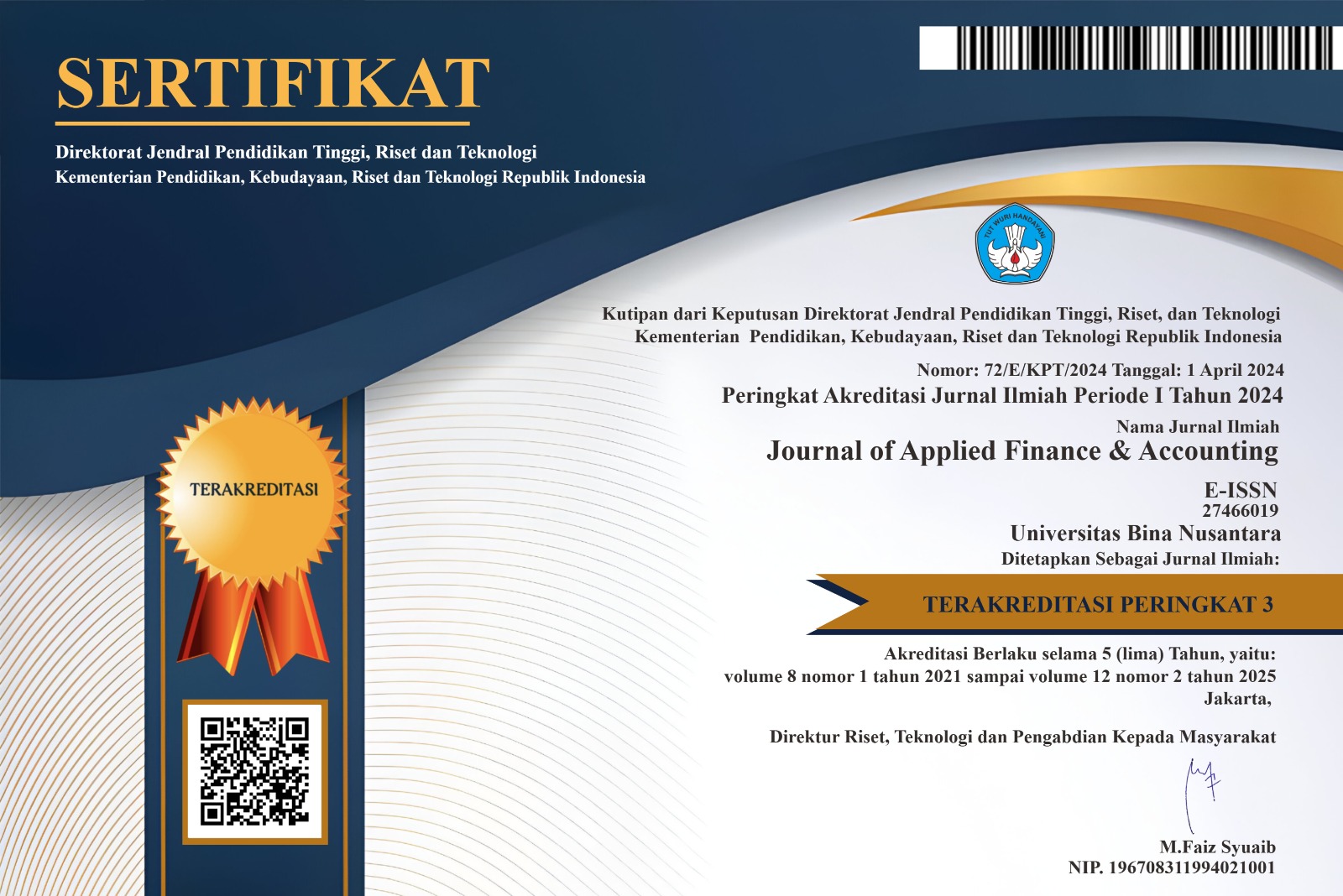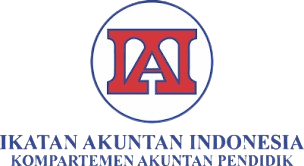Financial Planning Determination of Retirement Fund for Indonesian People: The Significant of Expenses Ratio
DOI:
https://doi.org/10.21512/jafa.v1i2.124Keywords:
Indonesian people, total individual retirement fund, sensitivity analysis, expenses ratio, inflation rate, net interest rate, productive years, retirement years, spreadsheet.Abstract
Many Indonesian people do not have individual retirement fund. They think that their expenses in retirement years can be paid by their children. Although it is a good opportunity for younger people to look after their parents, it can be a burdensome to some of the people who do not have stable income for themselves. It is unfortunate that not all Indonesian people are aware of the individual retirement fund. Furthermore, even if they knew about individual retirement fund, they would not give the contribution to make individual retirement fund. Moreover, there is limitation on information on the website and local book to guide Indonesian people to have and calculate his/her individual retirement fund. The purpose of this research is to help Indonesian people to aware about total individual retirement fund by calculating their individual retirement fund. In order to calculate individual retirement fund, they must know the expenses ratio, inflation rate, net interest rate, productive years, and retirement years. These five variables will help them to give the formula to calculate the individual retirement fund. Due to limitation of time and data, this thesis will only give more emphasis in expenses ratio, because it has significant level of determining total individual retirement fund that will differ from one to another person. The result of this thesis explains the relationship between each variable toward the individual retirement fund by doing sensitivity analysis. Furthermore, this thesis guides Indonesian people step-by-step to calculate individual retirement fund by using spreadsheet, such as Microsoft Excel.
Downloads
Published
Issue
Section
License
Authors who publish with this journal agree to the following terms:
Authors retain copyright and grant the journal right of first publication with the work simultaneously licensed under a Creative Commons Attribution License that allows others to share the work with an acknowledgement of the work's authorship and initial publication in this journal.
Authors are able to enter into separate, additional contractual arrangements for the non-exclusive distribution of the journal's published version of the work (e.g., post it to an institutional repository or publish it in a book), with an acknowledgement of its initial publication in this journal.
Authors are permitted and encouraged to post their work online (e.g., in institutional repositories or on their website) prior to and during the submission process, as it can lead to productive exchanges, as well as earlier and greater citation of published work (See The Effect of Open Access).




